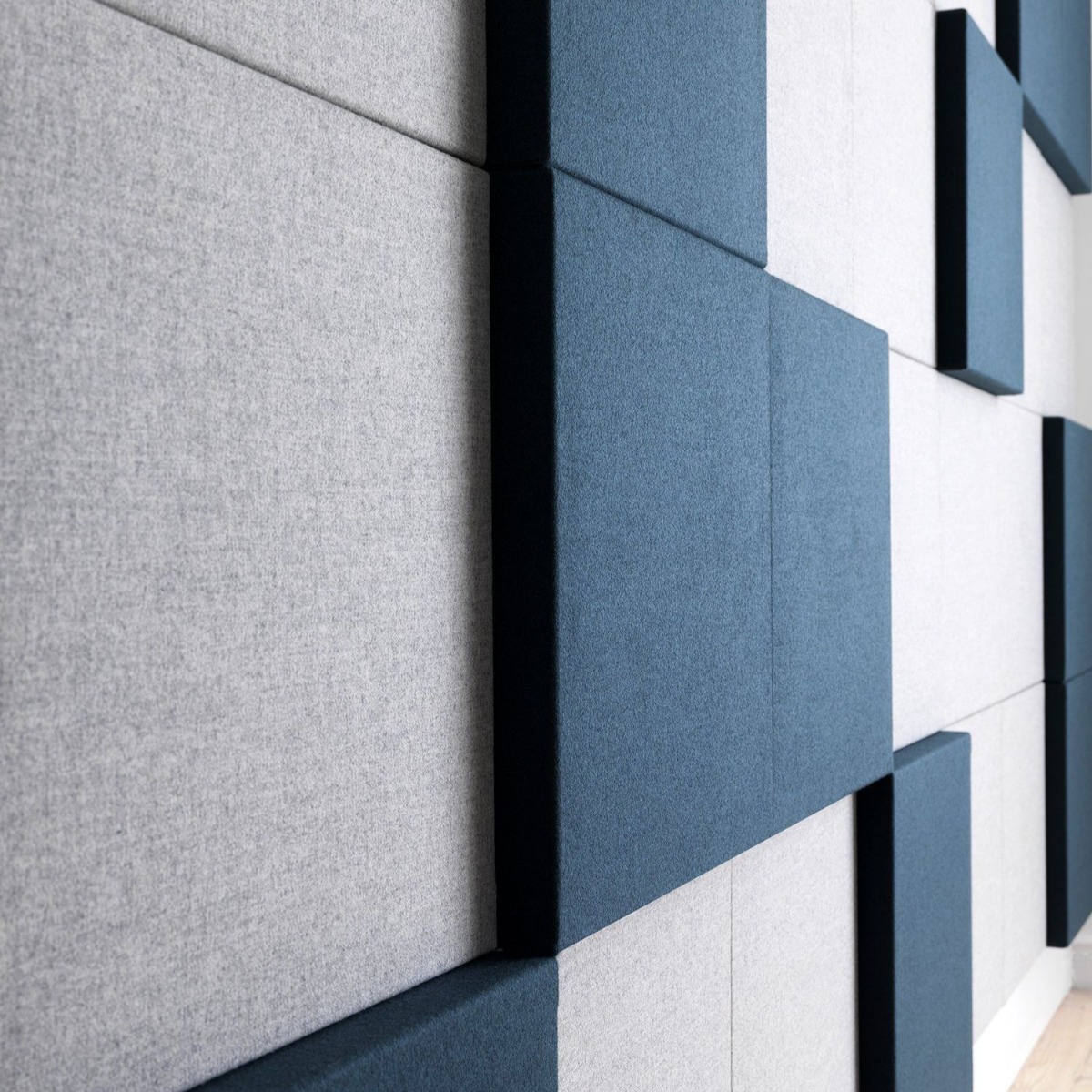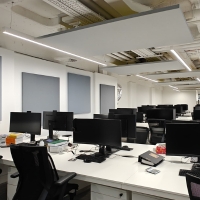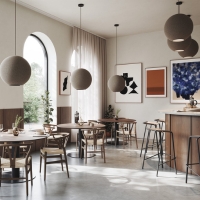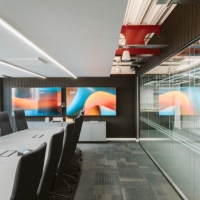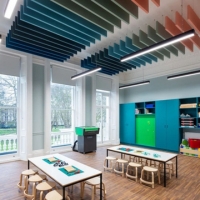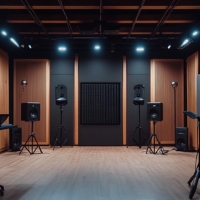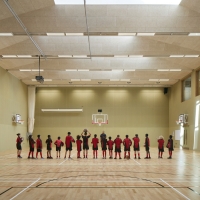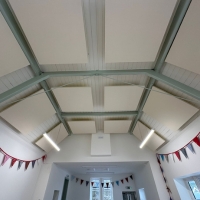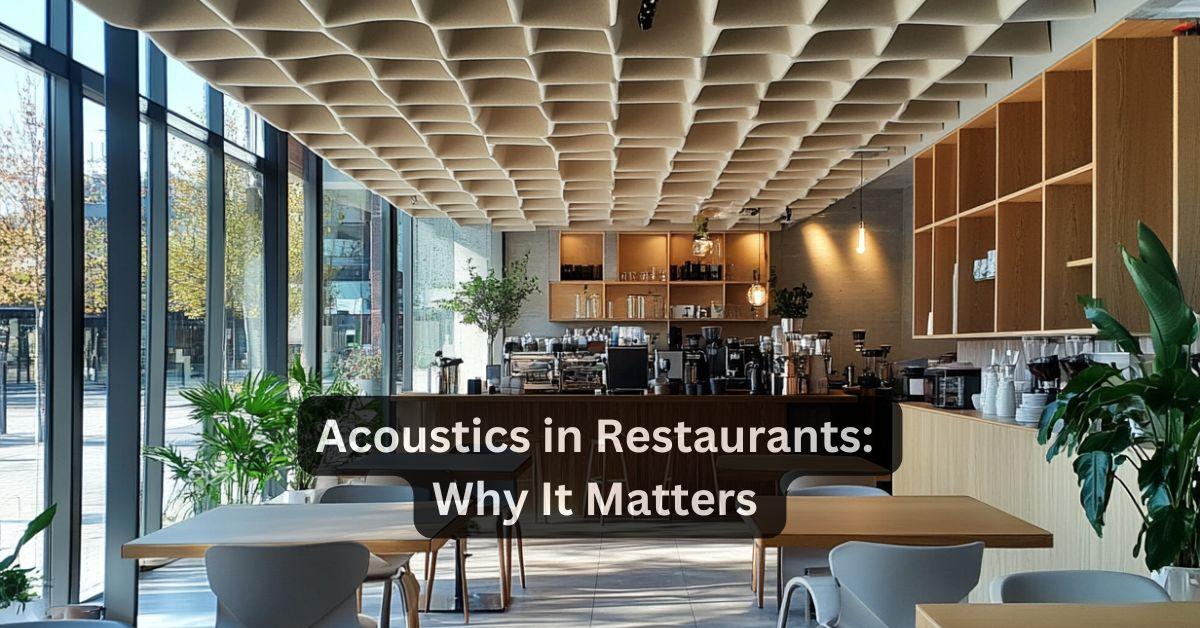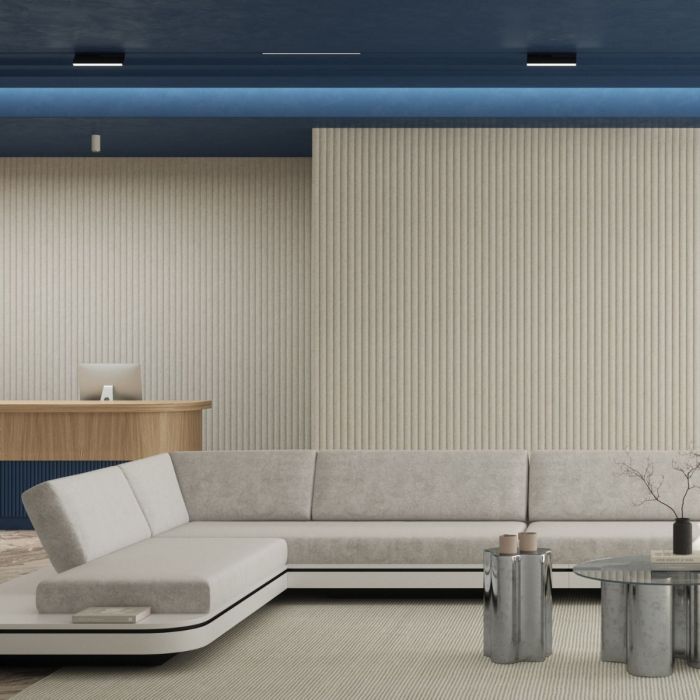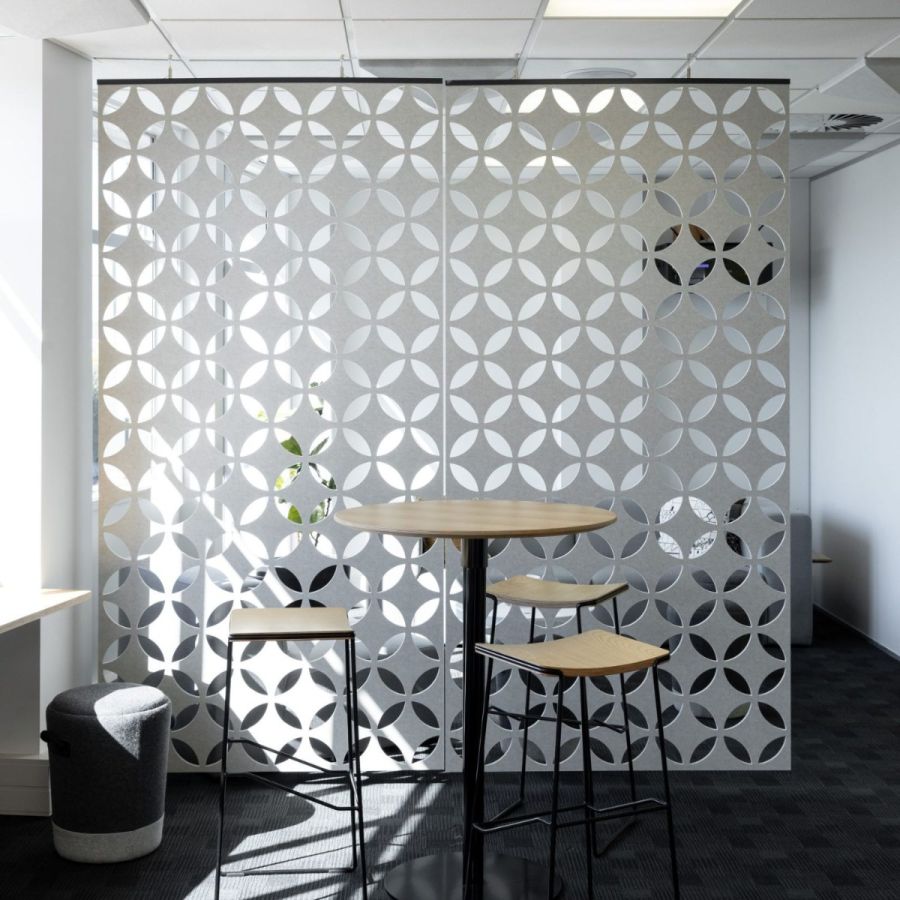
Only sustainable products
Configurable products
Installation available
Free acoustic advice
Acoustics in Restaurants: Why It Matters for Dining
Have you ever been to a restaurant where you couldn't hear your friends talk? That's bad acoustics at work. Let's look at why good sound matters in places where we eat and how it affects our dining experience.
Key Takeaways
- Noise is the top complaint among diners
- Poor acoustics can negatively impact food perception
- Quieter environments enhance food taste
- Balancing background noise and acoustic intimacy is crucial
- Hard surfaces contribute to noise issues
- Ideal reverberation time for restaurants is between 0.3 and 1.2 seconds (depending on the vibe)
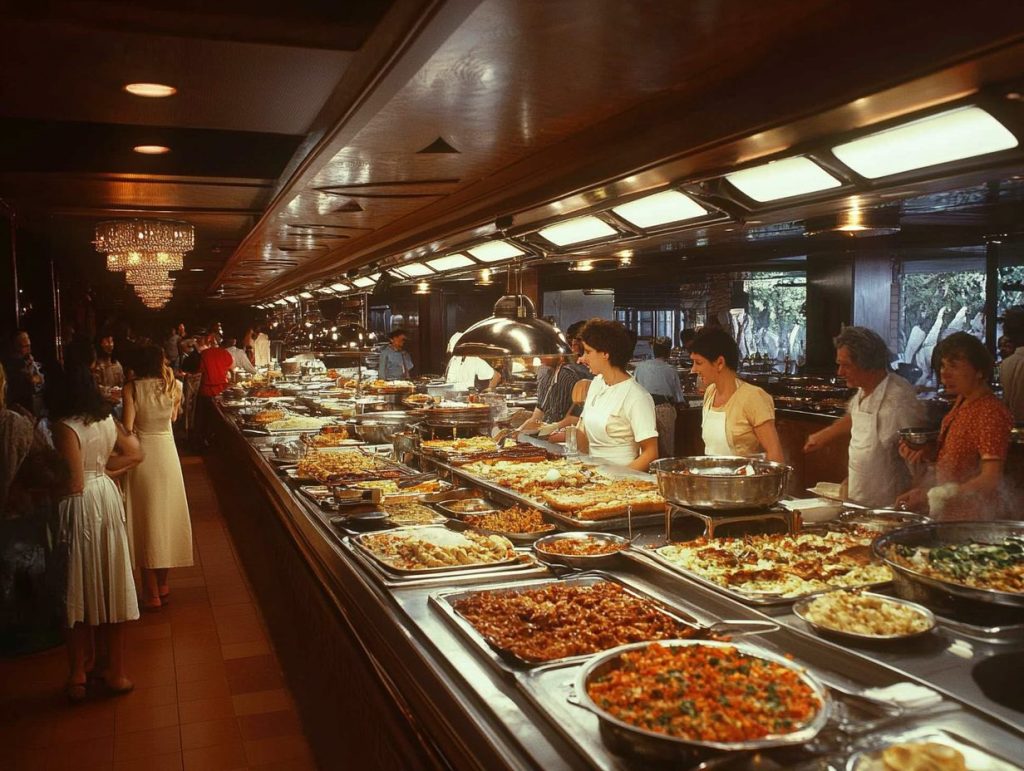
Why Restaurant Noise is a Big Deal
Imagine you're out for dinner. The food looks great, but it's so noisy you can't enjoy chatting with your friends. You're not alone in this frustration. Noise is the number one thing diners complain about, even more than slow service or crowded spaces. Good acoustics in restaurants isn't just about comfort - it affects how much we enjoy our food too!
Scientists have found that in quieter places (about as loud as a library), food tastes better. But when it's as noisy as a busy street, the same food seems less tasty. That's right - loud noise can make your favorite dish less yummy! This is called "sonic seasoning," where our taste is affected by the sounds around us.
What Makes a Restaurant Noisy?
Many things can make a restaurant noisy. High ceilings, open kitchens, and hard surfaces like glass and tile all bounce sound around. Even the type of restaurant matters - a busy fast-food place will sound different from a fancy sit-down restaurant. The challenge is to keep some lively background noise (because totally silent restaurants feel weird) while making sure you can still chat with your dinner buddies.
Just like office acoustics are important for work, restaurant acoustics are crucial for a good dining experience. It's all about finding the right balance between a lively atmosphere and comfortable conversation levels.
How to fix Noisy Restaurants
There are many ways to make restaurants sound better. Some are simple, like adding rugs or curtains to soak up sound. Others are more high-tech, like special panels that can be put on walls or ceilings. Placing these acoustic solutions in the right spots can really help reduce noise without making the restaurant look bad.
These panels aren't just useful - they can look cool too! Some restaurants use them as part of their decor. Acoustic ceiling panels are another popular choice. They can absorb sound from above, where a lot of noise bounces around, helping to make the dining area quieter.
The Science of Sound in Restaurants
When we talk about restaurant acoustics, we're really talking about how sound moves in a space. Echo is when sound bounces off surfaces and comes back to your ears. Reverberation is when sound keeps bouncing around a room. Too much of either can make it hard to hear your dinner conversation.
Acoustic experts also talk about "acoustic intimacy." This is the feeling that you can have a private conversation without shouting, even in a busy place. It's really important for making diners feel comfortable and enjoy their meal more. Creating acoustic intimacy involves carefully managing sound reflections and making quieter areas within the restaurant.
Designing Restaurants for Good Sound
When building a new restaurant, designers can plan for good acoustics from the start. They might choose materials that absorb sound or shape rooms in ways that control noise. For restaurants that are already built, there are still plenty of options to improve the sound.
Some restaurants even bring in acoustic experts to help. These pros can measure sound levels and suggest the best fixes. It's like giving your restaurant a sound makeover! They might recommend a mix of solutions, like putting acoustic panels in certain spots, adding sound-absorbing things to the ceiling, and even changing the layout to make sound flow better.
Good acoustics aren't just for restaurants. Acoustic furniture and pods can help create quiet spaces in all sorts of places, from offices to homes. These can be used in different ways to make quiet spots in noisy places.
Cool Products for Better Restaurant Sound
There are lots of neat products out there to help with restaurant noise. Acoustic panels and screens can be hung on walls or used to divide spaces. They come in all sorts of colors and designs, so they can fit any restaurant's style. Some of these products can even be customized to match the restaurant's look or brand.
Measuring Restaurant Acoustics
To get your restaurant's sound just right, you need to measure it. Here's what to aim for:
The ideal reverberation time for restaurants is between 0.3 and 1.2 seconds. This means sound should fade quickly enough for clear conversation, but not so fast that the room feels dead. Different types of restaurants may aim for different reverberation times within this range to create the desired atmosphere.
To measure reverberation time, you can use a sound level meter and create a loud noise (like popping a balloon) to see how long it takes for the sound to fade away. Professional acousticians can provide more precise measurements and recommendations.
Ideal Reverberation Times for Different Restaurant Types
Acoustic Ceiling treatments are another popular choice. These can be panels or special tiles that absorb sound from above. Some even look like art pieces! New designs in acoustic ceiling solutions let restaurants keep looking good while making the sound much better.
Even furniture can help with sound. Some chairs and booths are designed to absorb noise, making for a cozier dining experience. And don't forget about acoustic lighting - these are lights that also help control sound! These serve two purposes at once, helping with acoustics without adding extra stuff to the space.
Making Your Restaurant Sound Great
If you run a restaurant, here are some tips for improving your sound:
- Listen to your space. Walk around at busy times and notice where it's noisiest.
- Think about your style. Choose acoustic products that match your restaurant's look.
- Start small. You don't have to do everything at once. Try a few changes and see what works.
- Consider the layout. Rearranging tables or adding partitions can create quieter zones.
- Invest in quality materials. Good acoustic solutions might cost more at first but can work better in the long run.
Start With Wall-Mounted Acoustic Panels
Wall panels are a great way to absorb sound in restaurants. They come in different styles to match any decor. Here are two popular options:
- Silent Space Acoustic Panel: These lightweight panels start at £99.95 and are easy to install. They're made from high-density fiberglass wrapped in fabric and can absorb up to 90% of sound energy.
- Lignosi Eco Sound Timber Acoustic Panels: Starting at £109.95, these panels add a natural, warm look with real wood veneer. They're not only nice to look at but also environmentally friendly, made from sustainable materials.
Both types of panels can be placed on walls to target specific problem areas, such as near hard surfaces or in corners where sound tends to bounce.
Check out more acoustic panel options for your restaurant.
Remember, good acoustics aren't just for restaurants. Acoustic panels can work wonders in homes too, especially in open-concept spaces. The ways we manage sound in restaurants can often be used in other places too.
Wrapping Up: Why Restaurant Acoustics Matter
Good acoustics can make a big difference in how much people enjoy eating out. It's not just about keeping things quiet - it's about creating the right atmosphere where people can chat, laugh, and enjoy their food without straining to hear or shouting to be heard. Good acoustic management can make meals more enjoyable and memorable.
For restaurant owners, investing in good acoustics can lead to happier customers who stay longer and come back more often. It's a smart move that can really pay off in the long run. Better acoustics can also help staff, making their work environment less stressful and tiring.
So next time you're out to eat, pay attention to how the place sounds. And if you run a restaurant, think about how you can make your space sound as good as it looks and tastes. Your customers' ears (and taste buds) will thank you!
Want to learn more about creating great acoustic spaces? Check out this article on the importance of acoustic panels in office design. Many of the same ideas apply to restaurants too, and you might find inspiration for your own acoustic solutions!
[related_products is_auto_added="1"]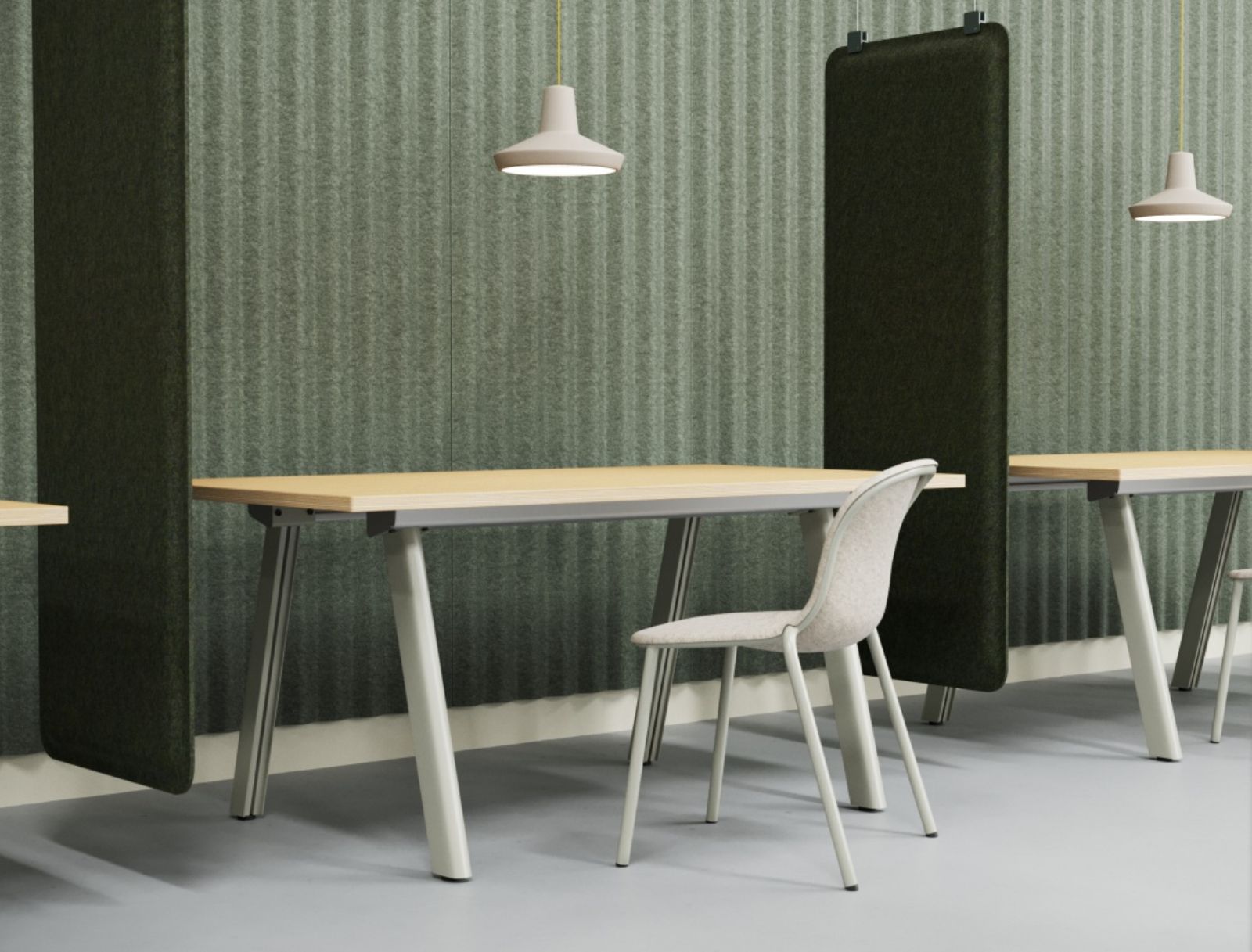 Acoustic Wall Panels
Acoustic Wall Panels 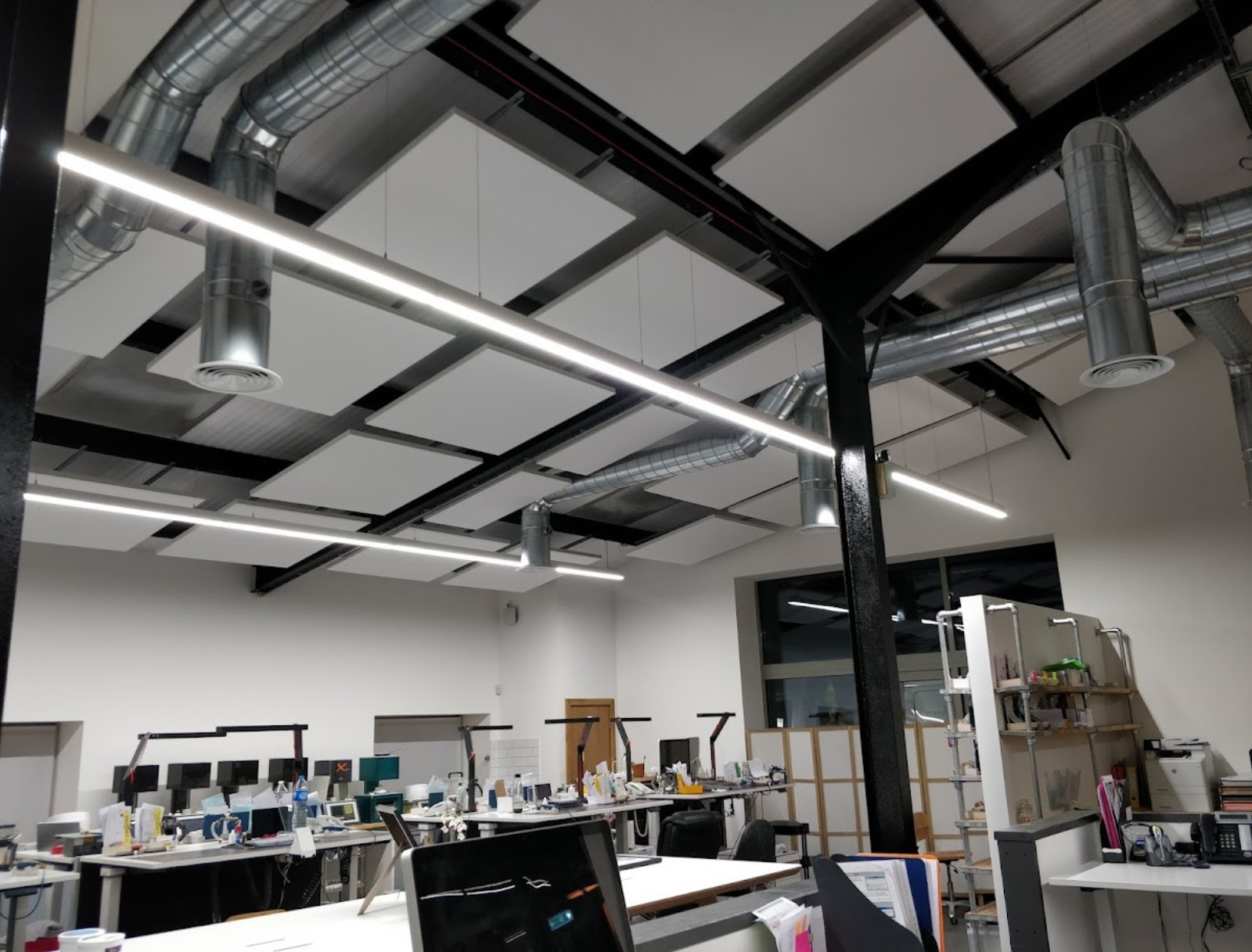 Acoustic Ceiling Panels
Acoustic Ceiling Panels 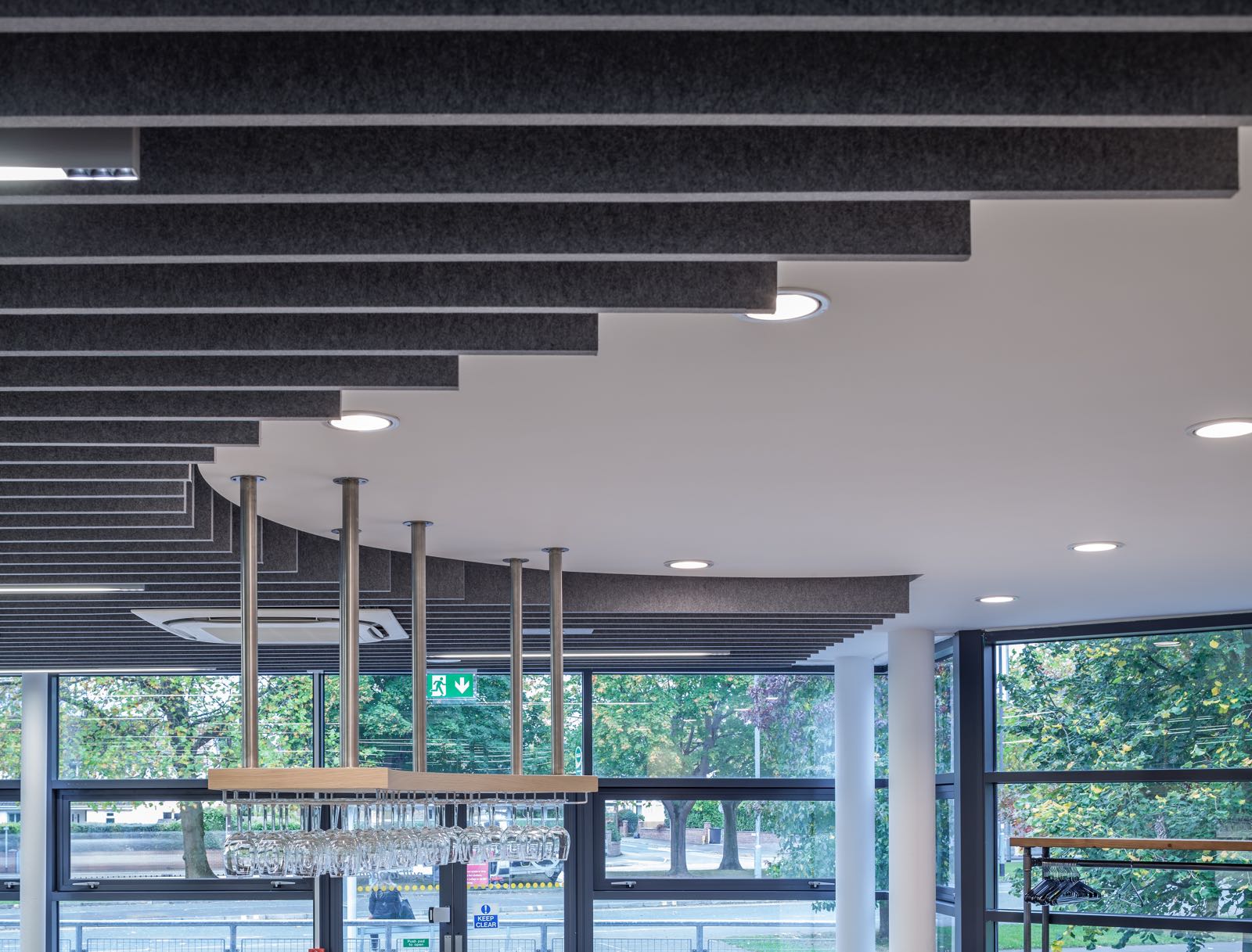 Acoustic Ceiling Baffles
Acoustic Ceiling Baffles 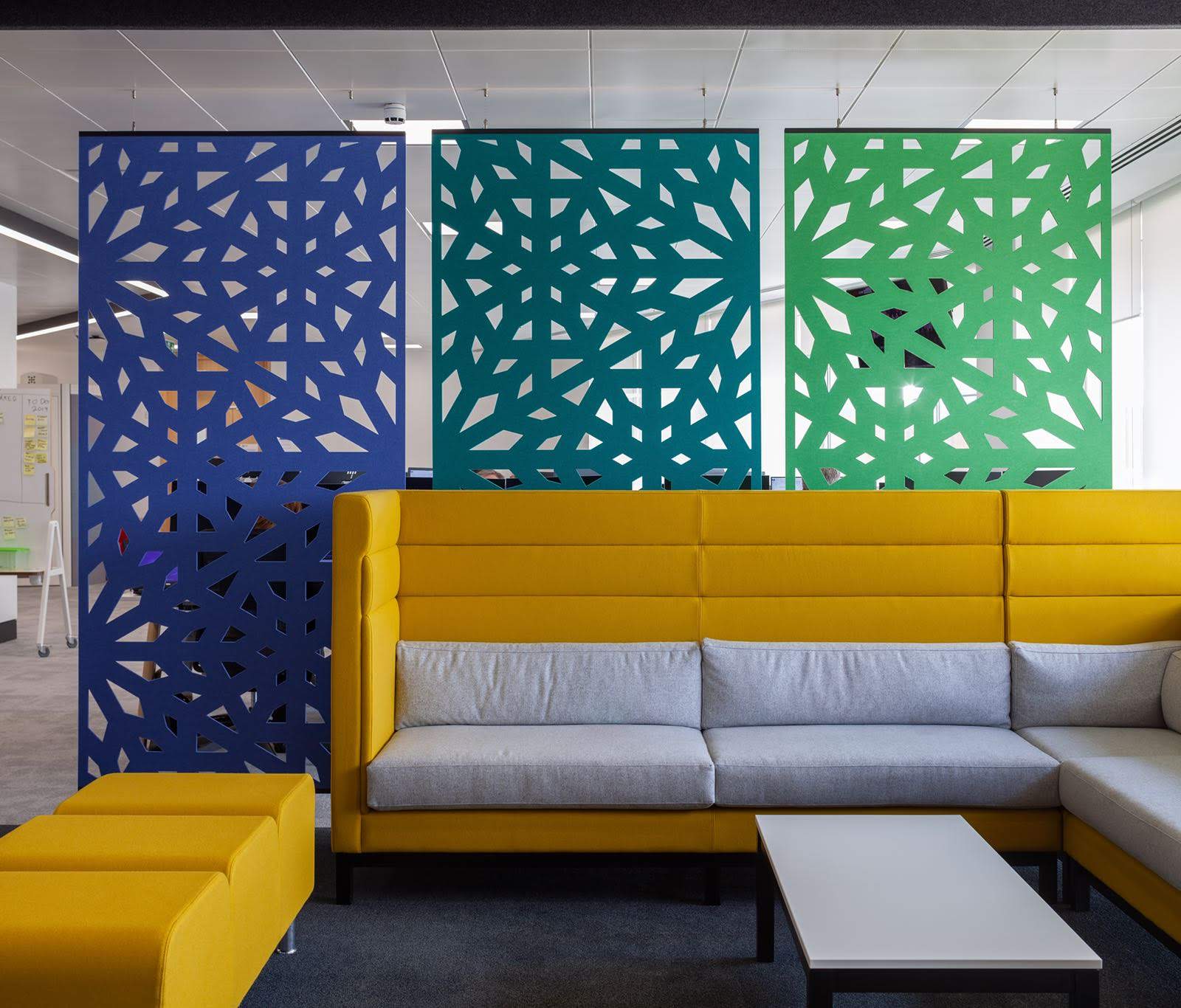 Acoustic Screens
Acoustic Screens  Acoustic Fabric
Acoustic Fabric 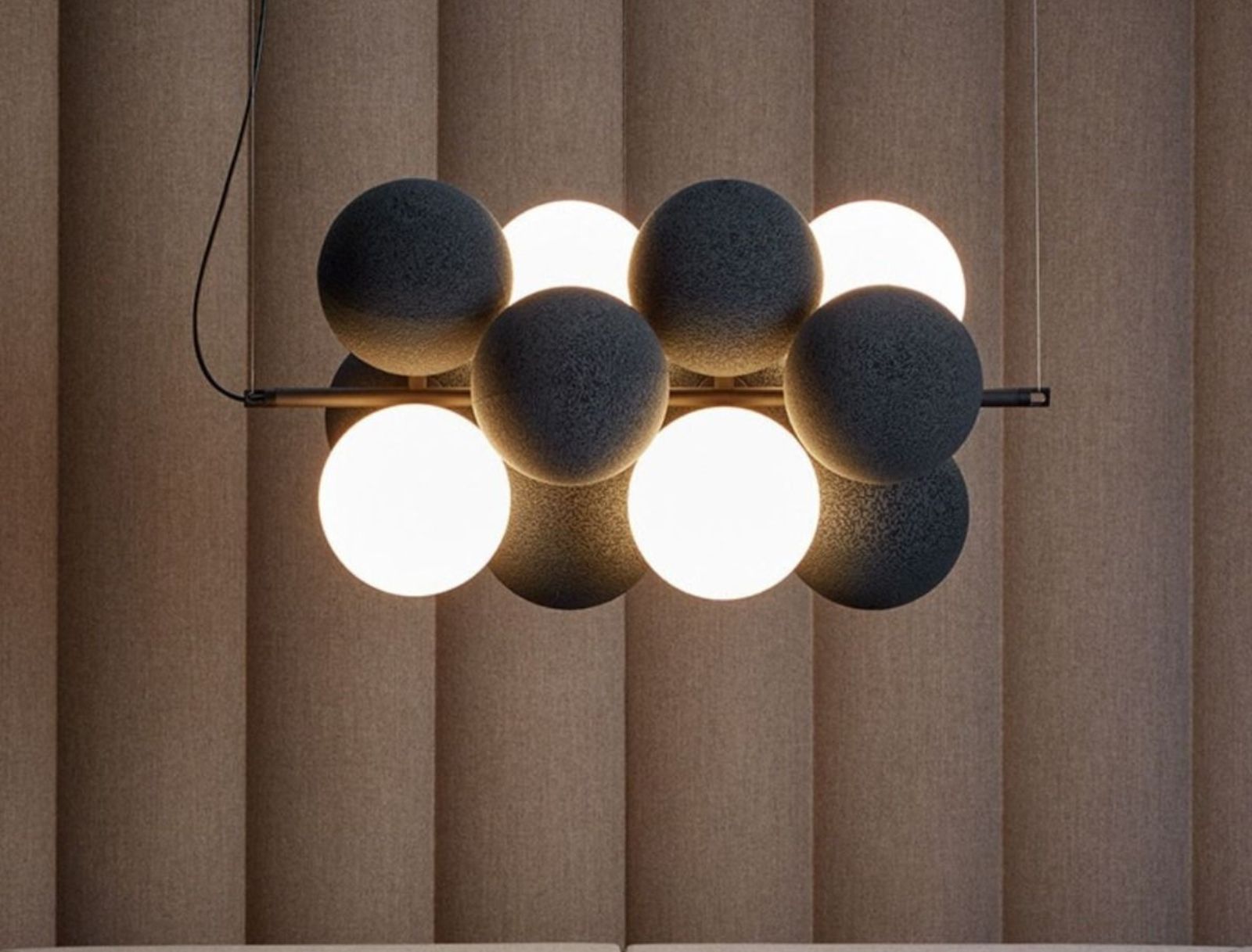 Acoustic Lighting
Acoustic Lighting 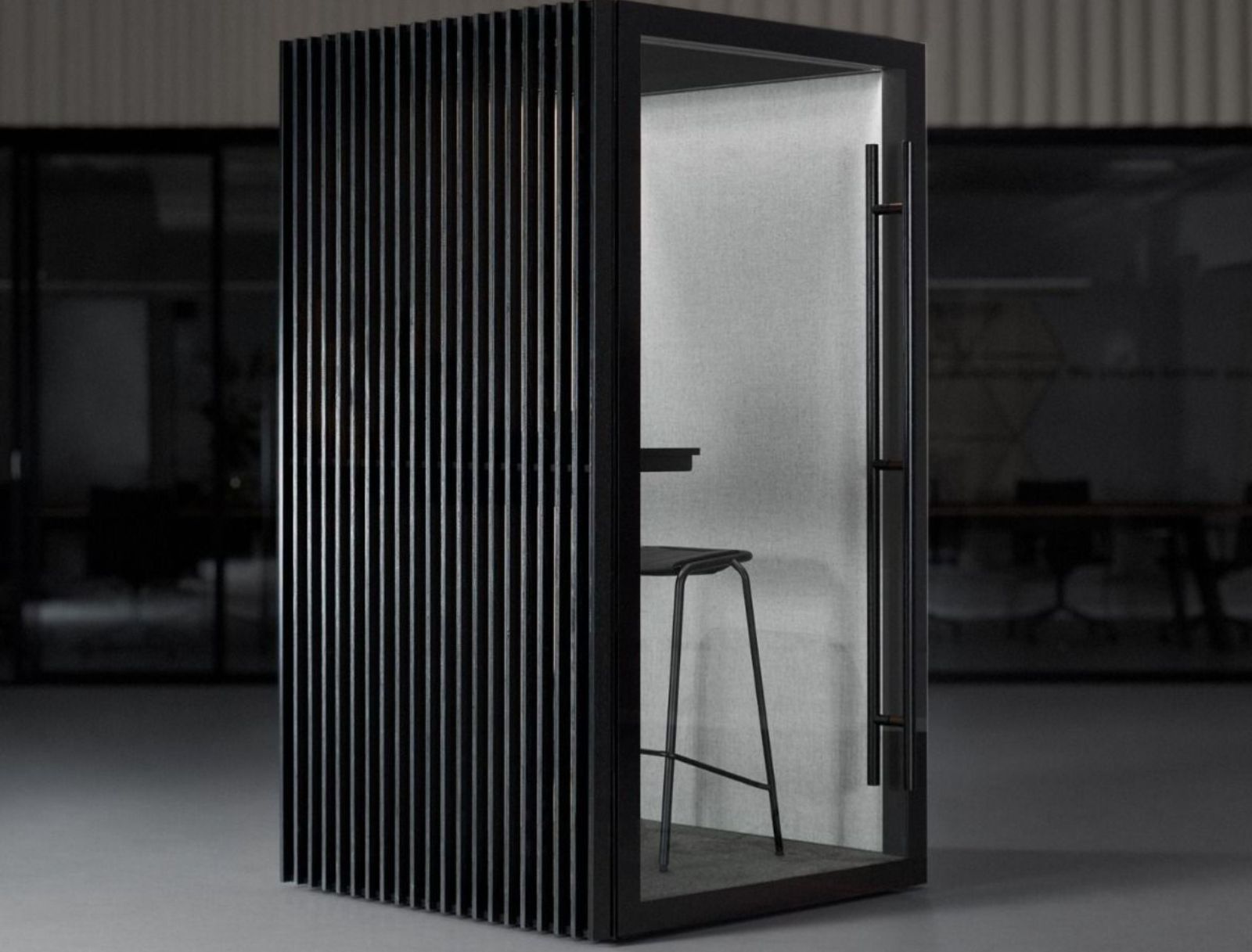 Acoustic Booths and Pods
Acoustic Booths and Pods 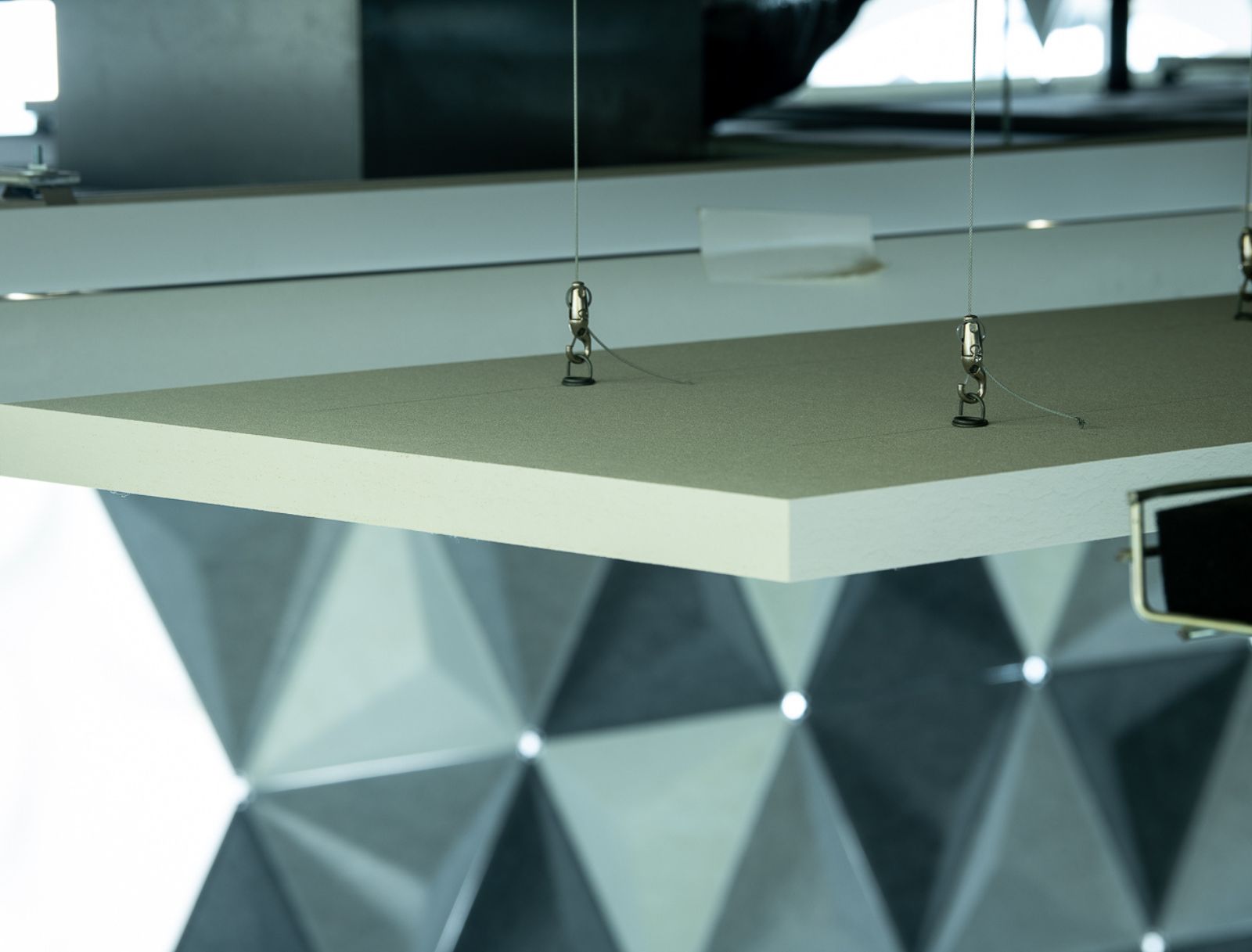 Acoustic Panel Accessories
Acoustic Panel Accessories 